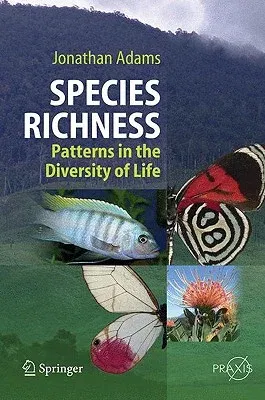Jonathan Adams
(Author)Species Richness: Patterns in the Diversity of Life (2009)Hardcover - 2009, 23 April 2009

Qty
1
Turbo
Ships in 2 - 3 days
In Stock
Free Delivery
Cash on Delivery
15 Days
Free Returns
Secure Checkout

Part of Series
Springer-Praxis Books in Environmental Sciences
Part of Series
Springer Praxis Books
Part of Series
Environmental Sciences
Print Length
386 pages
Language
English
Publisher
Springer
Date Published
23 Apr 2009
ISBN-10
3540742778
ISBN-13
9783540742777
Description
Product Details
Author:
Book Edition:
2009
Book Format:
Hardcover
Country of Origin:
DE
Date Published:
23 April 2009
Dimensions:
24.64 x
17.27 x
2.54 cm
Genre:
Ecology
ISBN-10:
3540742778
ISBN-13:
9783540742777
Language:
English
Location:
Berlin, Heidelberg
Pages:
386
Publisher:
Weight:
952.54 gm